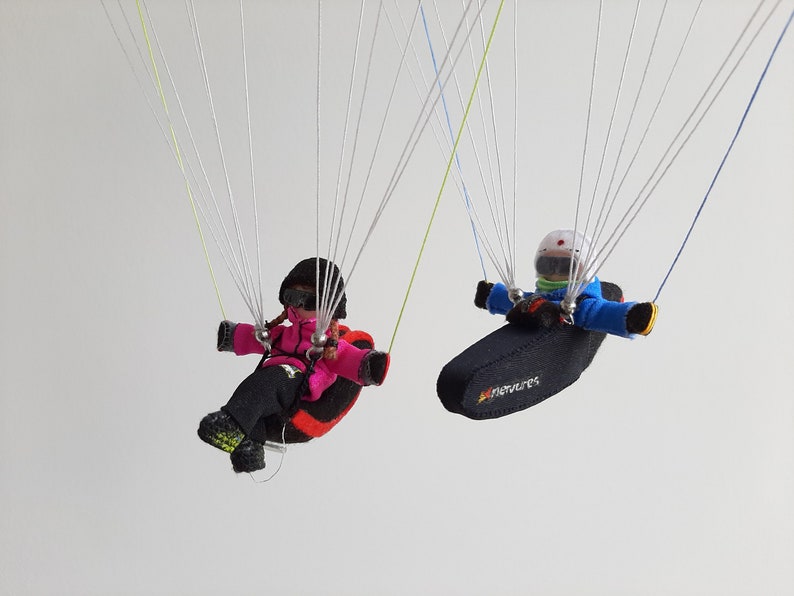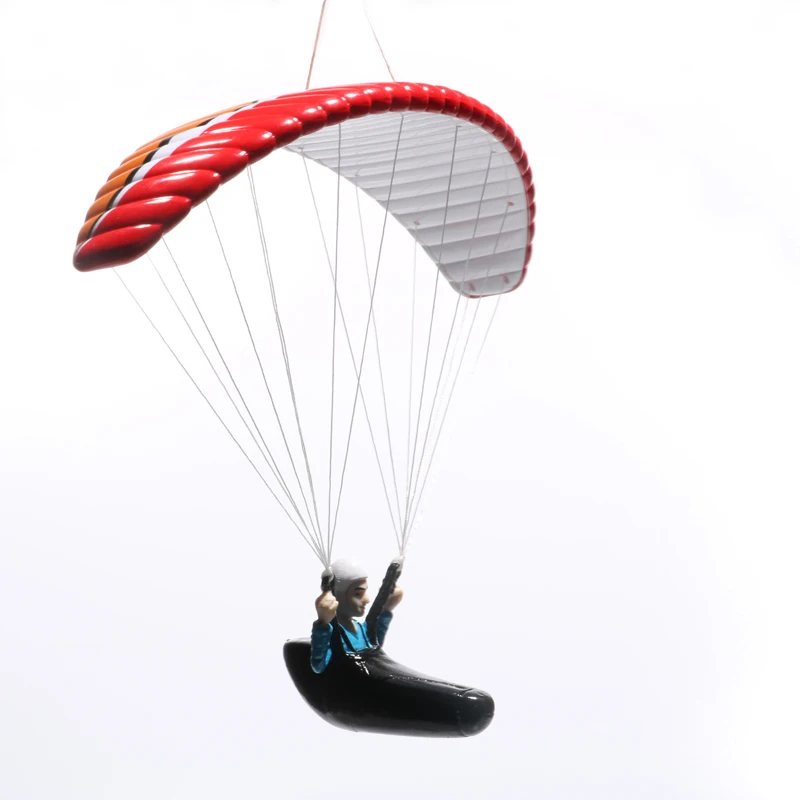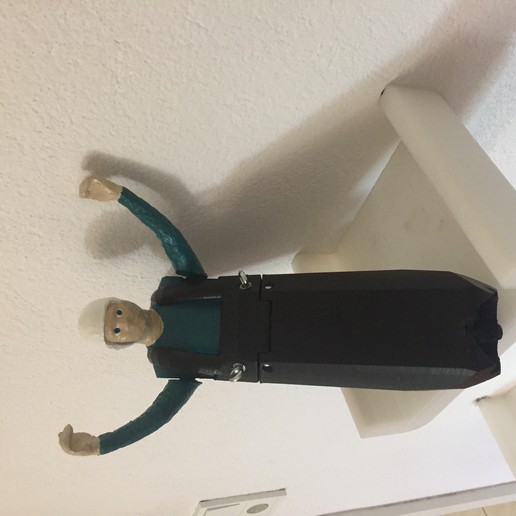

Here the cloth is cut and sewn concavley (instead of convexly as in traditional 3D shaping). Exactly this is the negative 3D shaping developed by UP designer Franta Pavlousek. Paraglider_v_2_cloth_bump.png (1024x1024) If you take a closer look at our latest paraglider models since the En-D 2-liner Meru, you will immediately notice another seam at the leading edge.

A two-mass variable buoyancy engine has been designed and implemented. In this work, a CFD approach has been proposed to estimate the hydrodynamic coefficients and validated with experimental data. In the literature, only empirical approach has been adopted to estimate the hydrodynamic coefficients of the AUG that are required for its trajectory simulation. This model is used for determination of static and dynamic properties of an underwater glider which were validated against an equivalent CAD model and simulation results obtained from equations of motion of glider in vertical plane respectively. They use unsheathed lines, calculate what are the thinnest lines still strong enough and make 3-liner and 2-liner paragliders. In both types of aircraft, pilots dont have to do anything to keep the. Here is the proof> paraglider manufacturer try hard to increase glide ratio of paragliders.

Laboratory model of glider is developed from the final design asserted by CFD. Powered parachutes differ from powered paragliding in that powered parachutes. Backpack Aircraft The Parajet paramotor, also known as a powered paraglider or PPG, is the latest development in ultra-light personal aviation, combining the easy flying characteristics of a paraglider with the autonomy and range of powered flight. Youll love that it relieves knee pressure and offers a feeling. The effect of the variable buoyancy is examined in terms of the gliding angle, velocity and angle of attack. There are two types of ottomans: A Gliding Ottoman is generally sold separately from the glider.

The state variables of the glider are the velocity, gliding angle and angle of attack which are simulated by making use of the hydrodynamic drag and lift coefficients obtained from CFD. Flow behaviour and lift and drag force distribution at different angles of attack are studied for Reynolds numbers varying from 10 5 to 10 6 for NACA0012 wing configurations. This approach is then used for the assessment of the steady state characteristics of a laboratory glider designed at Indian Institute of Technology (IIT) Madras. In this study, we validate the experimental lift and drag characteristics of a glider from the literature using Computational fluid dynamics (CFD) approach. Autonomous underwater gliders are a patented technology and are manufactured and marketed by corporations. Speed Flying The SPITFIRE has established itself over recent years as the benchmark in speed. Underwater gliders are buoyancy propelled vehicle which make use of buoyancy for vertical movement and wings to propel the glider in forward direction.


 0 kommentar(er)
0 kommentar(er)
